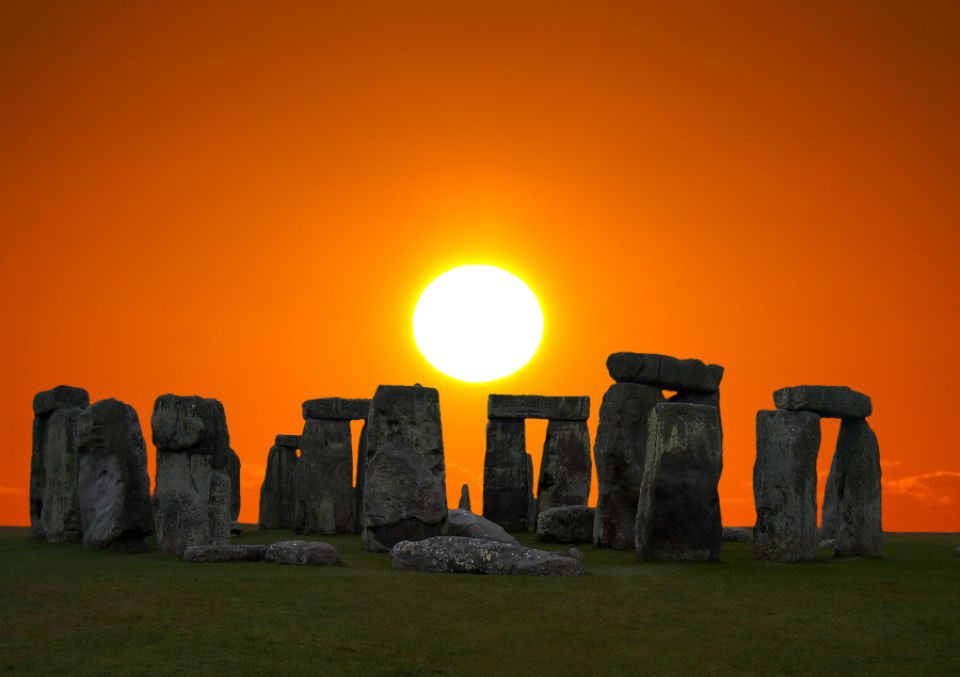It’s one of the oldest known questions in the world – What is Stonehenge? Second only to how did Stonehenge get there? The mystery of Stonehenge has even the world’s most learned historians, archaeologists, and geologists scratching their heads. Supporting the theory that the stones are a celebration of the sun and seasons, it’s possible that Stonehenge was put where it is because it’s ideally positioned for long views in all directions, perfect for utilising the sun.

There are many theories on the original purpose of Stonehenge, and no conclusive evidence to prove any of them. Older than the Pyramids in Egypt, Stonehenge is thought of as one of the most versatile ancient monuments. So, what was Stonehenge used for?
A finalist in the race to become a modern wonder of the world, the theories about Stonehenge include; an ancient burial ground, a place to study the movements of the moon and sun, a place of pagan sacrifice or conversely, a place for healing. One interesting theory that there is a shred of proof for is that Stonehenge was some sort of ancient almanac as the stones indicate a 365.25 calendar, in keeping with the rotation of the earth around the sun.
No one is really sure, but what is certain is that it was an immensely important place of huge significance to the people that built it 5,000 years ago. This is evident in just how much effort and the human struggle went in to actually constructing Stonehenge.
With some serious human effort. The sarsen stones are the iconic pillars that line the circumference of the circle, made from the sandstone over 60 million years old, and weigh around 25 tonnes, about four elephants or a quarter of blue whale, just saying. And all this before the invention of the wheel. Built-in stages, the final incarnation is what we see standing today. The sarsen stones are thought to have been found 25 miles north of Salisbury Plain and transported with the help of sledges and ropes. The smaller ‘blue’ stones however have been traced all the way to the Preseli Hills in North Wales, 200 miles away from Wiltshire.
How did Neolithic people, with rudimentary tools and no technology transport 4-tonne boulders such a distance?
Some historians think the stones were moved using sledges and rollers made out of logs and transferred on to rafts and floated down the river. More recently it’s though that the builders used supersized wicker baskets, a combination of ball bearings, long grooved planks, and teams of oxen.
Want to try and figure out the mystery for yourself? It may not come as a surprise to you but we would recommend a tour! We offer a range of Stonehenge tours to suit all temperaments and our experienced guides will let you into all the secrets of the stones as well as even more history. Make up your own mind about the mystifying monolith and see why this sacred monument is still so popular throughout the globe.